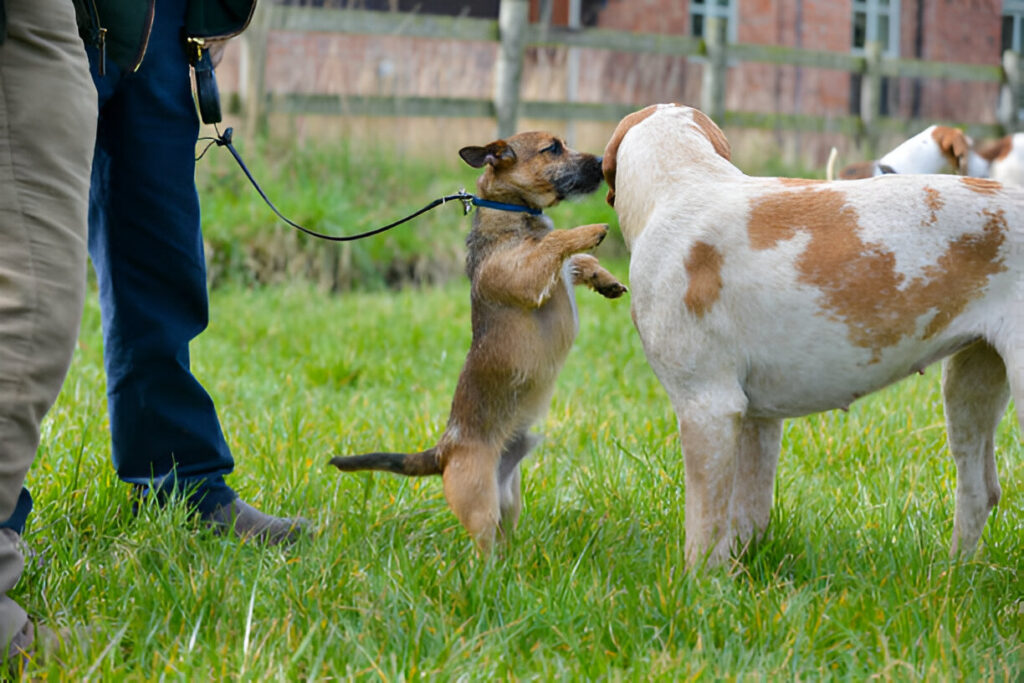
As a dedicated dog trainer with over a decade of experience helping frustrated pet parents, I’ve discovered that excessive barking is often a cry for help rather than just bad behavior. In this comprehensive guide, I’ll share proven techniques and expert insights to help you understand and address your dog’s excessive barking while maintaining a loving relationship with your furry friend.
Understanding Why Your Dog Barks Excessively
Before diving into solutions, it’s crucial to understand that barking is a natural form of communication for dogs. According to a study published in the Journal of Veterinary Behavior, dogs bark for various reasons:
- Territorial defense: Warning of perceived threats
- Attention-seeking: Communicating needs or desires
- Anxiety or fear: Expressing emotional distress
- Excitement: Showing enthusiasm or joy
- Boredom: Lacking mental or physical stimulation
- Medical issues: Indicating discomfort or pain
Essential Steps to Reduce Excessive Barking
1. Establish a Consistent Training Routine
Consistency is key when addressing behavioral issues. Create a structured daily routine that includes:
- Regular exercise times
- Scheduled feeding periods
- Dedicated training sessions
- Quiet time for rest
2. Positive Reinforcement Techniques
The Association of Professional Dog Trainers strongly recommends using positive reinforcement:
- Wait for moments of quiet behavior
- Immediately reward with treats and praise
- Gradually increase the duration of quiet time
- Use verbal cues like “quiet” or “enough”
3. Address Underlying Causes
Physical Exercise
- Morning walks (30-45 minutes)
- Evening play sessions
- Interactive games
- Dog park visits (if appropriate)
Mental Stimulation
- Puzzle toys
- Training exercises
- Nose work activities
- Social interactions
4. Environmental Management
Create a calming environment by:
- Using white noise machines
- Installing window films to reduce visual triggers
- Creating a designated quiet space
- Using calming aids like ThunderShirts when necessary
Professional Training Support
Sometimes, professional help is necessary. Consider:
- Private training sessions
- Group classes
- Behavioral consultations
- Online training programs
Many professional trainers now offer virtual consultations. The International Association of Animal Behavior Consultants can help you find certified professionals in your area.
Natural Solutions and Supplements
Before trying any supplements, consult your veterinarian. Some natural options include:
- L-theanine
- Melatonin
- CBD products (where legal)
- Herbal calming aids
Technology-Based Solutions
Modern tools can help manage barking:
- Ultrasonic deterrent devices
- Smart collars with vibration (not shock)
- Pet cameras with two-way communication
- Anti-bark devices recommended by American Kennel Club
Common Mistakes to Avoid
- Never use shock collars or harsh punishments
- Avoid yelling or getting frustrated
- Don’t ignore medical concerns
- Never restrict barking entirely
Success Stories and Community Support
Join online communities like:
- r/dogtraining
- Facebook groups for positive reinforcement training
- Local pet parent meetups
- Dog training forums
Frequently Asked Questions
1. How long does it take to stop excessive barking?
Every dog is different, but with consistent training, you should see improvements within 4-8 weeks. Some dogs may take longer depending on factors like age, breed, and underlying causes.
2. Should I use a bark collar?
While electronic bark collars are available, most professional trainers and veterinary behaviorists recommend positive reinforcement techniques instead. If you’re considering a bark collar, consult with a certified trainer first.
3. What if my dog barks when I’m not home?
Install a pet camera to monitor behavior and identify triggers. Consider doggy daycare or a dog walker to provide companionship and exercise during long days alone.
4. Can excessive barking be a sign of illness?
Yes, sudden changes in barking behavior can indicate medical issues. Schedule a veterinary check-up to rule out health concerns like pain, cognitive dysfunction, or hearing problems.
5. Will neutering/spaying help reduce barking?
While spaying/neutering can help with some behavioral issues, it may not directly impact excessive barking unless the behavior is hormone-related.
Final Thoughts and Recommendations
Remember that changing behavior takes time and patience. Focus on building a stronger bond with your dog through positive training methods. Document your progress and celebrate small victories.
Additional Resources:
- ASPCA Virtual Pet Behaviorist
- Whole Dog Journal Training Articles
- Sophia Yin’s Dog Behavior Resources
- Victoria Stilwell Positively
Personal Note from a Fellow Dog Parent
As someone who successfully helped their German Shepherd overcome excessive barking, I understand the frustration and challenges you’re facing. Remember that your dog isn’t trying to be difficult – they’re attempting to communicate something important to them. With patience, consistency, and the right approach, you can help your dog learn better ways to express themselves.
Share your experiences and progress in the comments below, and don’t hesitate to reach out to the community for support. We’re all in this together!


